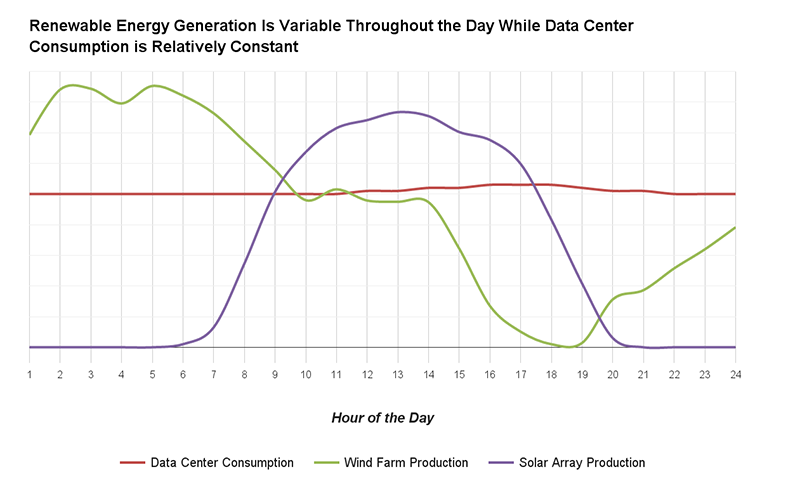In our global search to find renewable energy for our data centers, we’ve long wanted to work with the state of Georgia. Solar is abundant and cost-competitive in the region, but until now the market rules did not allow companies like ours to purchase renewable energy. We’re pleased to announce that in partnership with Walmart, Target, Johnson & Johnson, and Google, the state of Georgia has approved a new program that would allow companies to buy renewable energy directly through the state’s largest utility, Georgia Power.
Through this program, Google will procure 78.8 megawatts (MW) of solar energy for our Douglas County, Georgia data center, as part of our effort to utilize renewable energy in every market where we operate. As we build and expand data centers and offices to meet growing demand for Google’s products, we constantly add renewable energy to our portfolio to match 100 percent of our energy use.
This program, the first of its kind in Georgia, greenlights the construction of two solar energy projects with a total capacity of 177MW. When these new projects become operational in 2019 and 2020, participating customers like us will be able to substitute a portion of our electricity bill with a fixed price matched to the production of renewable energy generated. This shows that providing a cost-competitive, fixed-price clean power option is not only good for the environment, it also makes business sense.
What we’ve accomplished in partnership with Georgia Power and other major corporate energy buyers in the region is a testament to the important role that businesses can play in unlocking access to renewable energy. We collaborated for over two years to help build this program, which passes the costs directly to corporate buyers, while adding more low-cost, renewable electricity to the state’s energy mix. This arrangement, and others like it throughout the country, help companies and utilities meet their renewable energy goals.
The program is a promising step forward as utilities begin to meet the growing demand for renewables by businesses everywhere. Today’s announcement shows how companies and utilities can work together to make that option available to all customers, regardless of varying energy needs.
And this is happening in other parts of the U.S. as well. We just broke ground on our new data center in Alabama and through a partnership with the Tennessee Valley Authority, we’ll be able to scout new wind and solar projects locally and work with TVA to bring new renewable energy onto their electrical grid.
As we expand our data centers across the U.S. and globally, we will keep working with new partners to help make this a cost-effective choice available to everyone.
